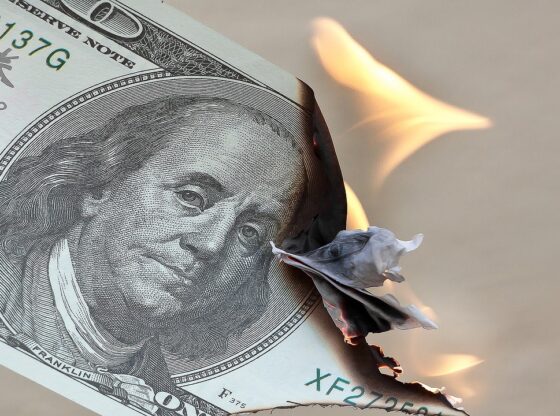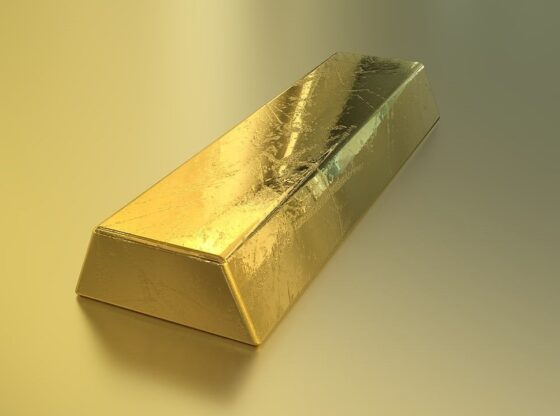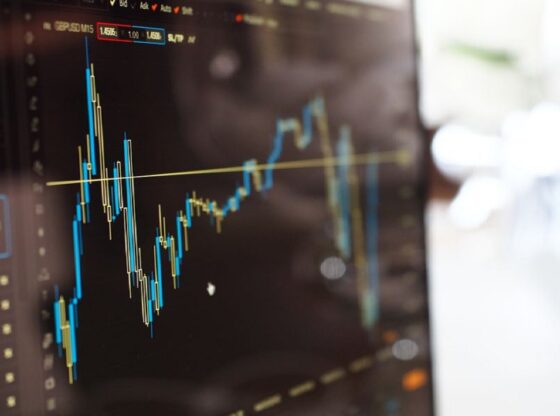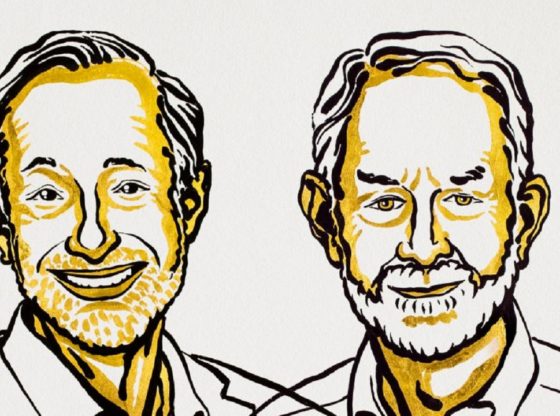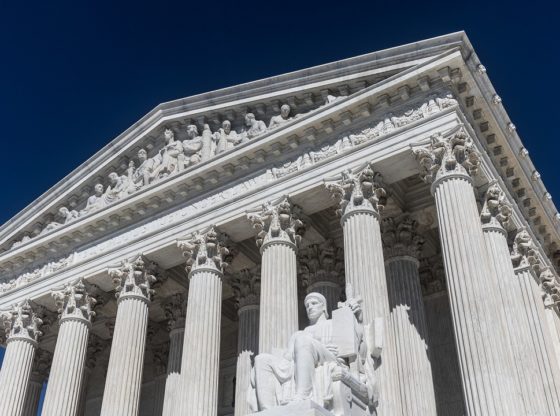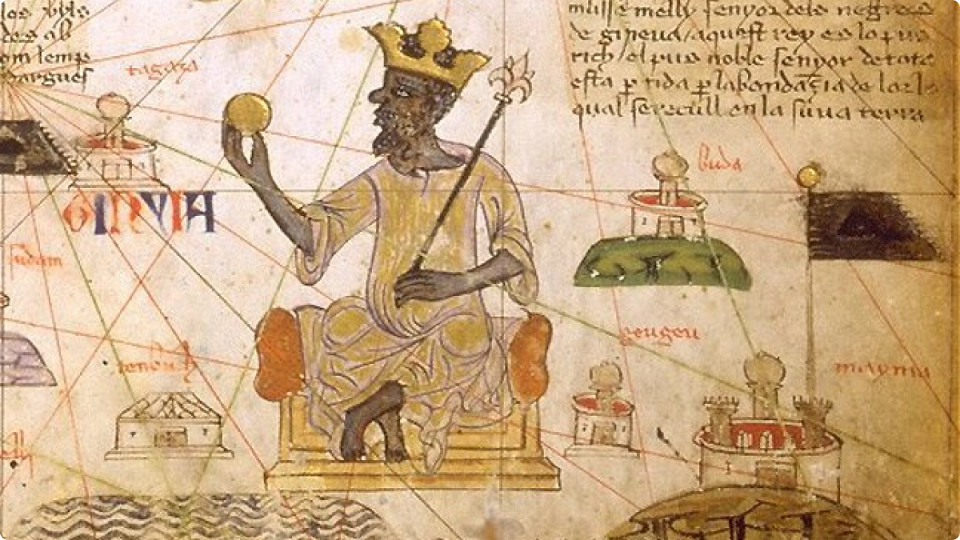
Who was the richest man or woman in history? Was it Marcus Licinius Crassus, Croesus, or perhaps John D. Rockefeller?
The Time magazine has put together a list of the ten richest men in history, after having calculated the today’s value of past fortune making it possibly rank the world’s richest people of all time.
The ranking is based on data provided by literature, historians, and economic historians – according to Time.
The only one who is still alive today that qualifies for the top-ten list is the founder of Microsoft, Bill Gates, with a fortune of approximately $ 78.9 billion.
Mansa Musa
The first place, however, goes to Musa Keita I (1280 – 1337 CE) of the Mali Kingdom. His journeys are well documented and records exist today with a wide variety of sources.
One such journey was when he made his pilgrimage in 1324. It included 60,000 men, of which 12,000 were slaves, who each carried four pounds of gold bars. It also included heralds dressed in silks with gold staffs, organized horses, and handled bags.
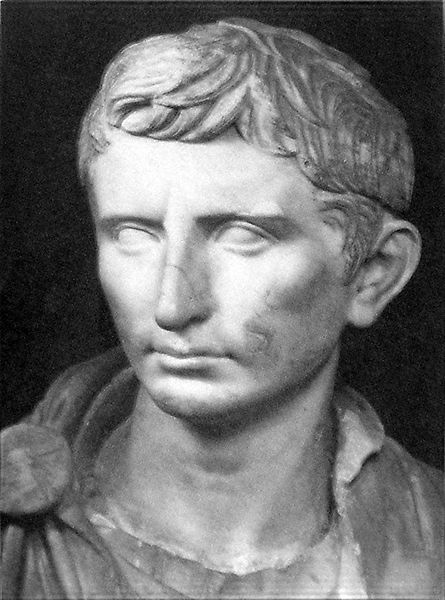
He was known for his generosity and this fact would have dire consequences when he visited the sultan of Egypt, Al-Nasir Muhammad, in July of 1324. Musa’s generosity inadvertently ruined the economy of the regions through which he passed. In the cities of Cairo, Medina, and Mecca, the sudden influx of gold devalued the metal for the next decade.
Augustus Caesar
The first emperor of the Roman Empire. Gaius Octavius (63 BCE – 14 CE) was actually born to a relatively simple equestrian family, but when he inherited the fortune of his uncle, the Roman dictator Julius Caesar, and via the second triumvirate became the first emperor and took the name, Augustus Caesar.
He spent a lifetime of consolidating his power and gathered immense wealth, as the Roman Empire expanded its borders across Europe. With time he would surpass his contemporary wealthy roman, Marcus Licinius Crassus, to become not only the richest man in Rome but in the world.
Emperor Shenzong
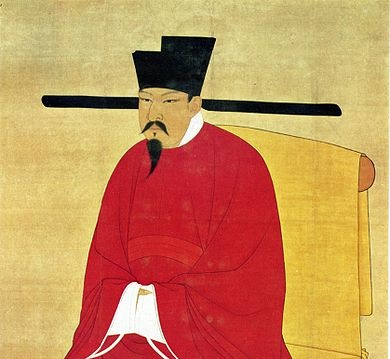
Shenzon (1048 – 1085 CE) was an emperor of China during the Song Dynasty. Born as Zhao Xu, under his rule, China underwent several radical reforms, an economic and social program with low-interest government loans to peasants, new land surveys were made to correct tax inequities, and government revenues increased.
Emperor Akbar
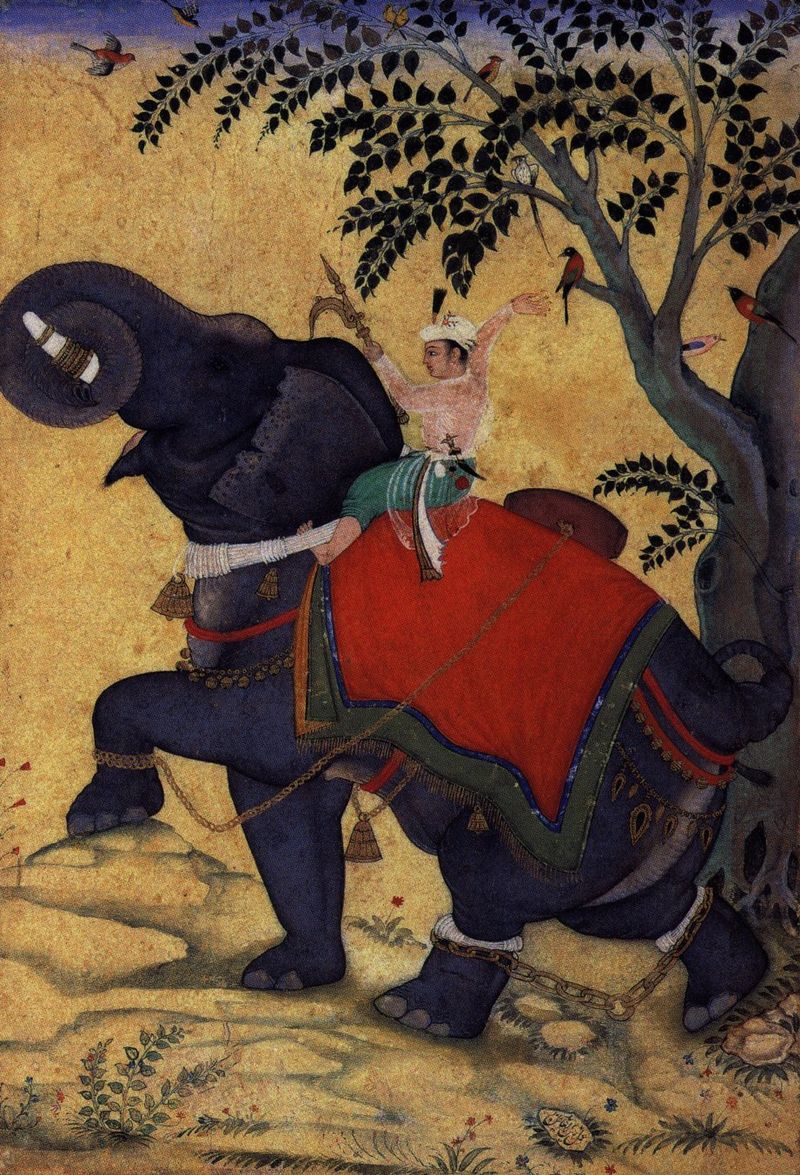
Abu’l-Fath Jalal ud-din Muhammad Akbar, popularly known as Akbar I (1542 – 1605 CE) was emperor of India.
He was the third and often named as one of the greatest rulers of the Mughal Dynasty in India.
History attributes him a strong personality and a very successful general, as he gradually enlarged the Mughal Empire to include nearly all of the Indian Subcontinent north of the Godavari river.
He established a centralized system of administration throughout the empire. He revised his tax system, separating revenue collection from the military administration.
Trade was he encouraged, with a resulting commercial expansion. The Mughal government provided protection and security for transactions and levied a very low customs duty to stimulate foreign trade.
All of which made the Mughal empire triple in size and wealth.
Once the Emperor Akbar wanted to know how much wealth he had in the treasuries of all the cities in his empire. First he wanted to see how much jewellery and gold he had in the treasury of his famous capital, Agra.
He asked his treasurer to give him a report as soon as possible. The treasurer hired one thousand men who used four hundred pairs of scales, day in and day out.
After five months, Akbar called his son and asked, “What is the report?”
His son replied, “Father, the treasurer and his men are nowhere near the end of this monumental task. There is still so much wealth left to measure!”
Akbar asked, “How much longer will it take? How much more time do they need?”
His son said, “They have no idea how many more months it will take.”
Akbar remained silent for a moment. Finally, he said, “Please tell them to stop.” He realized that even the wealth of just one city, Agra, was immeasurable.
– From The Moghul Emperors by Sri Chinmoy
Joseph Stalin
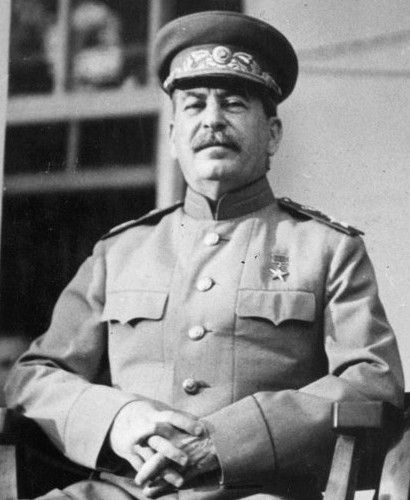
Even if Joseph Stalin’s (1878 – 1953 CE) own private wealth was probably much less than any other on this list, he was a dictator of the Soviet Union, and all of the resources of the Soviet Union were available to him.
Andrew Carnegie
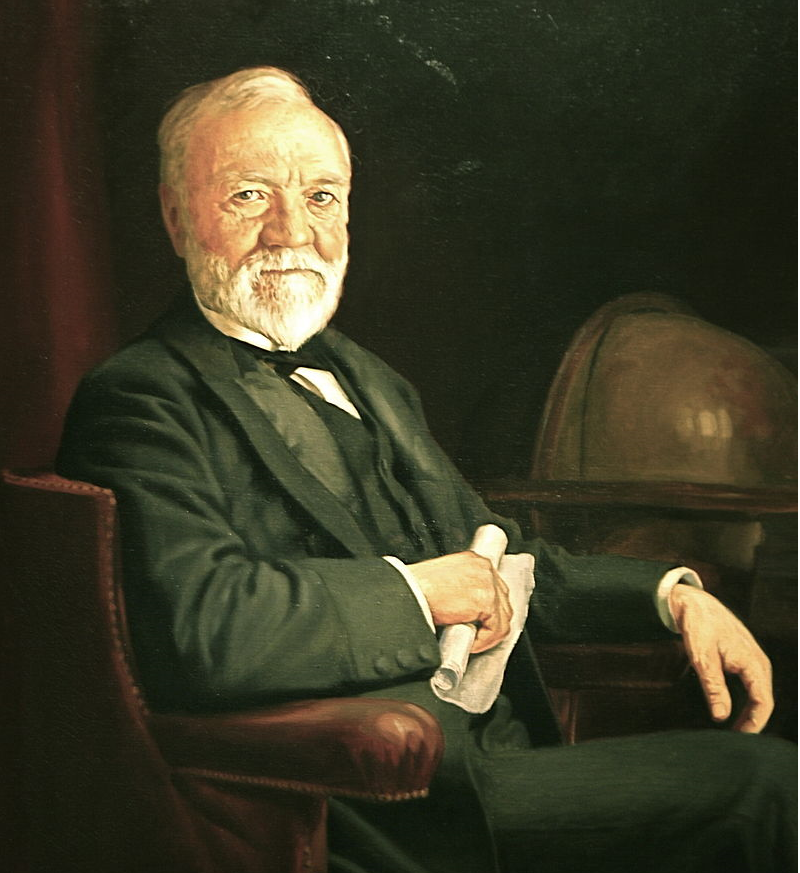
He can be referred to as one of the men who built America. Andrew Carnegie (1835 – 1919) was a Scottish American industrialist who led the enormous expansion of the American steel industry in the late 19th century.
John D. Rockefeller
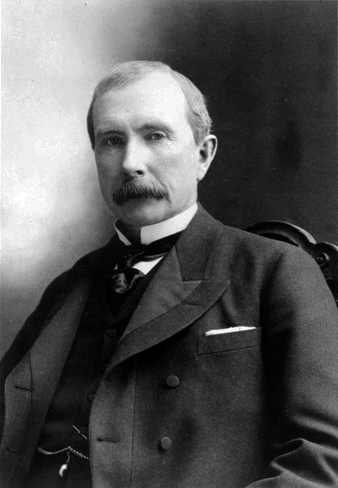
Also to be referred to one of the men who built America, John D. Rockefeller (1839 – 1937) made an enormous wealth pioneering the enormous and expanding oil industry in America and the world. He founded Standard Oil Company and actively ran it until he officially retired in 1897
Alan Rufus
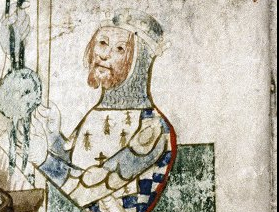
Alan the Red (1040 – 1093 CE) was the Lord of Richmond, a relative and companion of William the Conqueror during the Norman Conquest of England that took place around 1066 CE. He made acquisitions around England included vast land titles. By 1086 Alan had become one of the richest and most powerful men of England.
Bill Gates
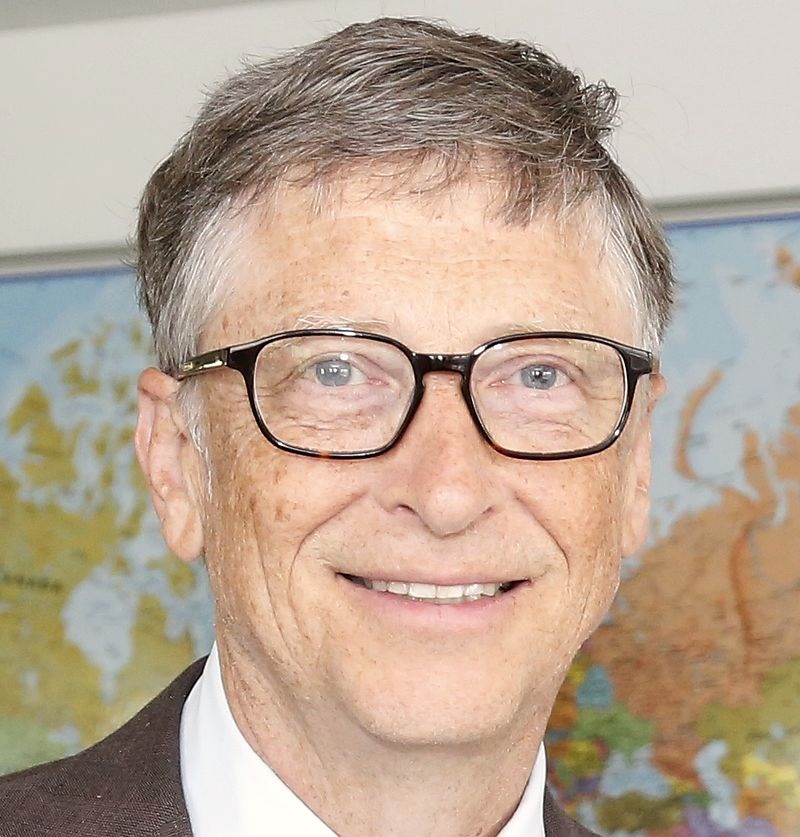
Probably needs no introduction. William Henry Gates III (1955 – ) is the founder of Microsoft and with PC computers conquests of our homes, the operating system of choice was Windows. Microsoft’s dominance and monopoly market share. Microsoft became a giant and helped make PCs commonplace. So it did Bill Gates enormously wealthy.
But with all that wealth, Gates is a true philanthropist. Perhaps a little inspired by Andrew Carnegie and John D. Rockefeller, previously in the list. Bill Gates has famously said “Money has no utility to me beyond a certain point. Its utility is entirely in building an organization and getting the resources out to the poorest in the world.”. He does stay true to his word, he was the top giver last year, according to the Philanthropy 50, assembled by the Chronicle of Philanthropy. Gates and his wife, Melinda, made a gift of $1.5 billion in Microsoft stock to the Bill and Melinda Gates Foundation. With many other wealthy contributors, such as Warren Buffett, this foundation had an endowment of US$42.3 billion as of 24 November 2014.
Genghis Khan

Born as Temüjin (1162 – 1227 CE), he came from humble beginnings, but then conquered Mongolia, China and created a vast empire that stretching into Central Europe and the middle east. As the supreme leader of the greatest land empire in history, Genghis Khan wasn’t so much concerned with material accumulation, living in a tent, but the power and the enormous landmass under his direct control truly do make him among the richest men who ever lived.
Top Ten:
- Mansa Musa of Mali / Timbuktu
- Augustus Caesar, the Roman Empire
- Emperor Shenzong, China
- Emperor Akbar in India
- Joseph Stalin, the Soviet Union / Russia
- Andrew Carnegie, United States
- John D. Rockefeller, United States
- Alan Rufus (Alan The Red), England
- Bill Gates, United States
- Genghis Khan, Mongolia
For more info about the list, click the link below.
_________________
The 10 Richest People of All Time
__________________________________

